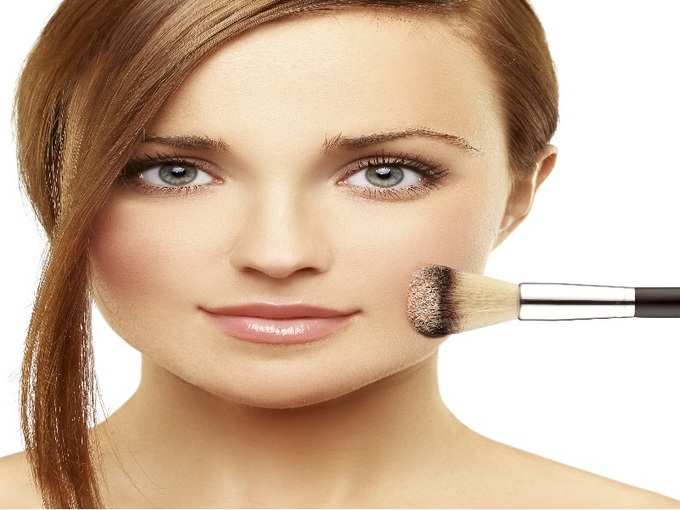
The
Fairness and Indian advertising
For ages, many fairness products have been doling out numerous television and print commercials in the before-after fashion, claiming how fair skin can get you the best things in life – best job, best spouse, win a reality show, success, blah blah blah.
And it seems people have been buying in to those stories and lapping up these fairness products. No wonder, fairness products are India’s largest cosmetic category amounting up to Rs 3,036 crore share of the total skin cream market of Rs 9,641 crore.
There is a myriad of brands like
The new guidelines
As per the new ASCI guidelines, “advertisers can not show people with dark complexions as unattractive, unhappy, depressed or concerned”. The guideline also specified that they can neither be shown at any kind of disadvantage in context to “being attractive to the opposite sex, prospects of matrimony or job placement and promotions”.
The self regulatory body said this step actually helps advertisers to comply with ASCI code Chapter III 1 b that states: “advertisements should not deride any race, caste, colour, creed or nationality”.
Consumers’ attitude to skin colour
Marketers have seemed quite biased, showing fair skin people getting the best in life and the one with dark skin suffering and struggling. But the most important thing is that it is, to a large extent, a reflection of the Indian consumers’ belief and attitude towards skin colour. A majority of the people in the country believe fair is the better colour.
One of the biggest reflections of this attitude is seen in all kind of matrimonial advertisements, be it online or print. More than 90% of the matrimonial advertisements scouting for a bride mention fair/very fair/gori as a key requirement.
Can new guidelines shift consumers’ attitude?
Now, the question is can this change in advertising bring a shift in consumers’ attitude towards skin colour. Well, one can see that a segment of people already does not look at dark skin as a disadvantage. A few dark skin beauties have also made their mark in the Indian film industry. Yet, this is in a very small number.
Unfortunately, larger consumers’ segments still consider fair skin as superior and beautiful. A major shift in advertising may not change the consumer attitudes overnight, yet it can certainly seep in the idea of equality slowly over time. Advertising does affect the subconscious mind of people and repeated idea shown in ads over a period of time crawls into our mind eventually.
Although the larger responsibility remains on the consumers to drop skin colour-based discrimination, that seems a far-fetched reality. Nevertheless, we are headed in the right direction and this step by ASCI will play a major role in giving the consumers the required nudge.
Mature advertising
With the new guidelines in play for fairness products, the advertising of the products will move to a more mature level. Advertising experts are of the view that this will help the advertising of this product category to take a mature turn, which will eventually benefit the entire industry.
Certainly, advertising and marketing alone cannot change consumer attitudes entirely overnight, yet they have the power to influence them. And from that perspective, the new advertising guidelines by ASCI for fairness product is capable of bringing a significant change in consumers’ attitude towards skin colour.